
-
Updating Roman Jakobson’s ‘Poetic Function’ with Vector Semantics
Read more: Updating Roman Jakobson’s ‘Poetic Function’ with Vector SemanticsKurzynski discusses how poetry extends beyond sound and rhythm and taps into a deeper network of meanings.


Kurzynski discusses how poetry extends beyond sound and rhythm and taps into a deeper network of meanings.
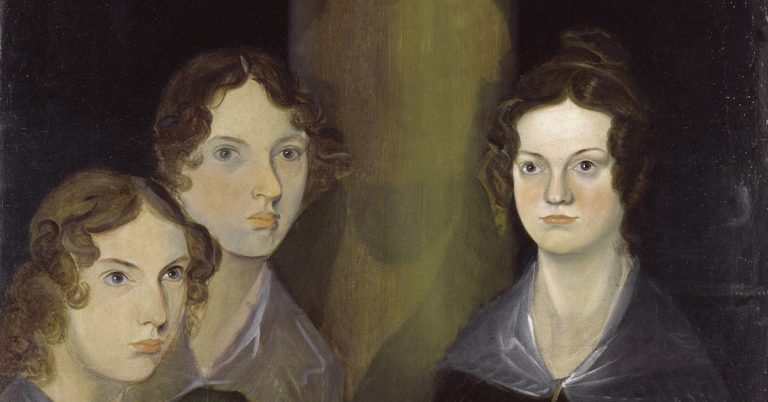
Explore five adaptations of Brontë novels that amplify violence, from Wuthering Heights to Jane Eyre, reshaping the Brontës’ enduring cultural impact.
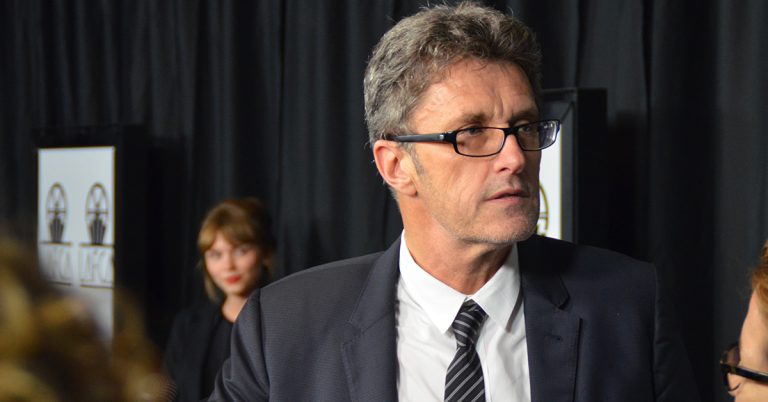
Explores the cinematic career of British-Polish director, Paweł Pawlikowski.

A look through the ever-shifting landscape of the action genre and its representation of women.
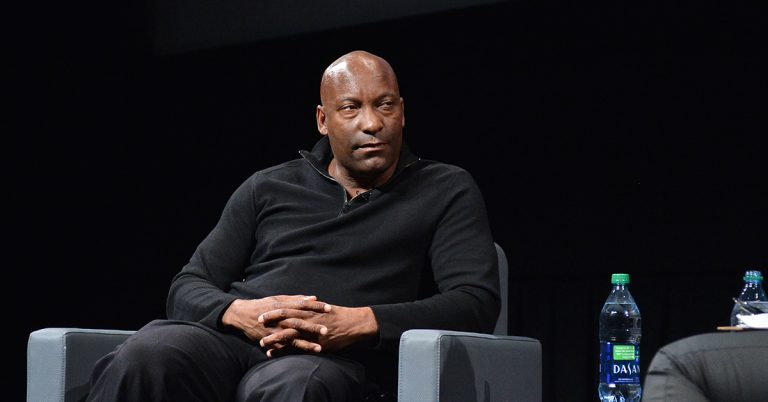
Daniel Dufournaud reflects on the cultural impact of John Singleton, notably his portrayal of black masculinity.
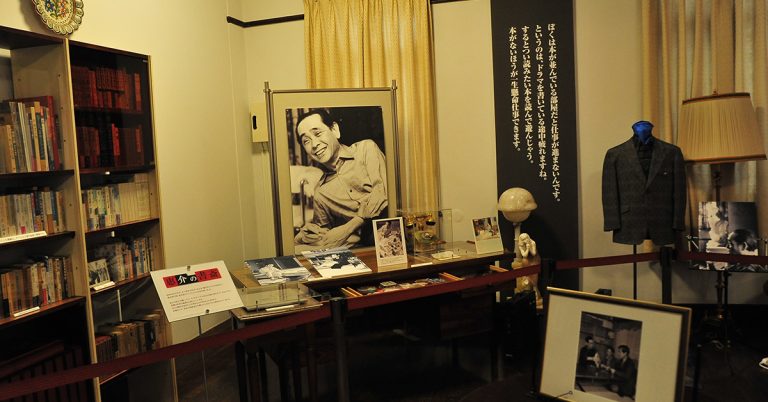
Earl Jackson argues for Kinoshita Keisuke's rightful place within Japanese film history.
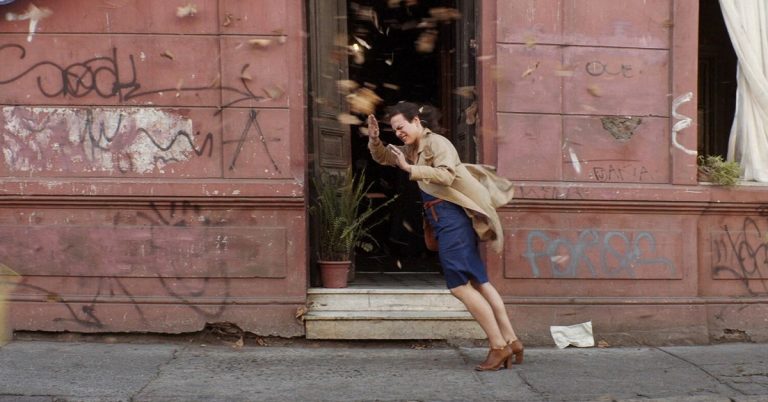
Q&A with Paige Macintosh, author of Debating Authenticity: Authorship, Aesthetics and Embodiment in Trans Media
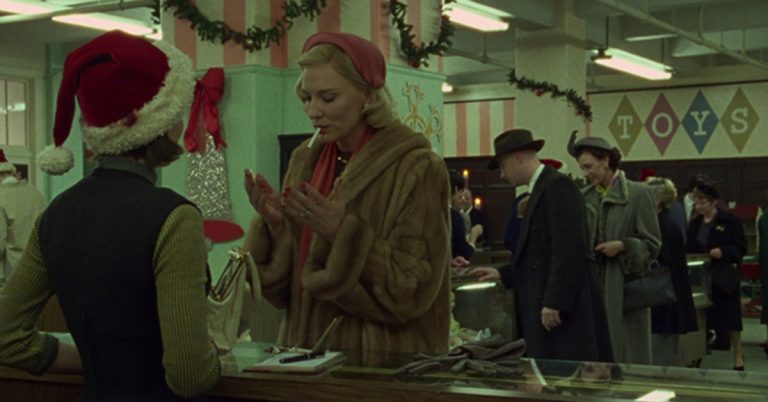
These five lesbian movie characters show how style can reveal queerness, power, and transformation on screen.
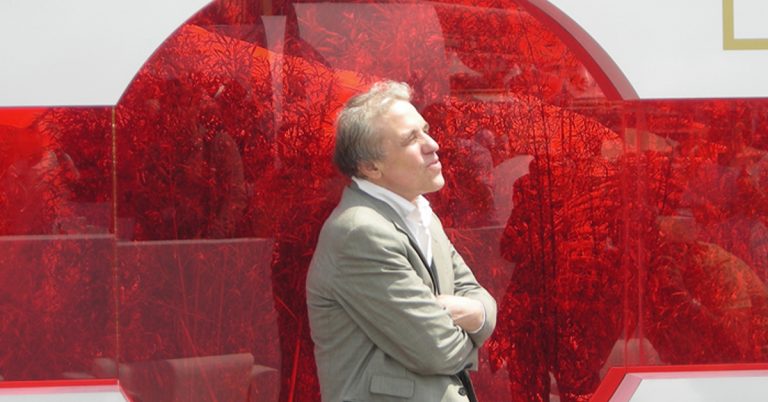
by Florian Zappe Abel Ferrara is one of the most uncompromising and provocative filmmakers of his generation. From his early exploitation roots to his philosophical and deeply personal later works, Ferrara has carved out a unique space in cinema—blurring the…

Discover the story of Film Studies at Edinburgh University Press – the first publications, the books that changed the field and what you can expect to see in future